Russia attacked Europe’s largest nuclear power plant in Ukraine on the night of February 23 to February 24, and a fire broke out as a result of the attack. While the fear of nuclear disaster covered the whole world with the fire, it began to be wondered what would happen if this power plant exploded. In this article, we both answer this question and talk about another danger.
On the night of March 3 to March 4, Russian troops with Ukrainian troops Zaporizhia Nuclear Power Plant He got into a fierce fight around him. While the world was following the conflict with great concern, the news that came out showed that we were on the brink of disaster. It was announced that a fire broke out in the reactor, which is under renovation and is not actively operating, but contains nuclear fuel.
Fortunately, the fire in question was successfully extinguished by Ukraine’s firefighters before it turned into a major disaster. Meanwhile, Russia, despite Ukraine’s demands, continued to set fire to the area. Although the fire was extinguished, Ukraine could not protect the nuclear plant against Russia and Russia took control of the plant area. Well, if a disaster such as the explosion of the nuclear power plant had happened tonight or if we were to live in the future, what would await us?
“It will be 10 times bigger than Chernobyl”
The clearest answer to this question was given by the Minister of Foreign Affairs of Ukraine, Dmytro Kuleba, when news of the fire came. While Kuleba called for a ceasefire with Russia, firefighters intervened in the region. should be allowed reported. In the continuation of the statement, he used the following statements:
“If it explodes, it will be 10 times bigger than Chernobyl!”
So what does this mean?
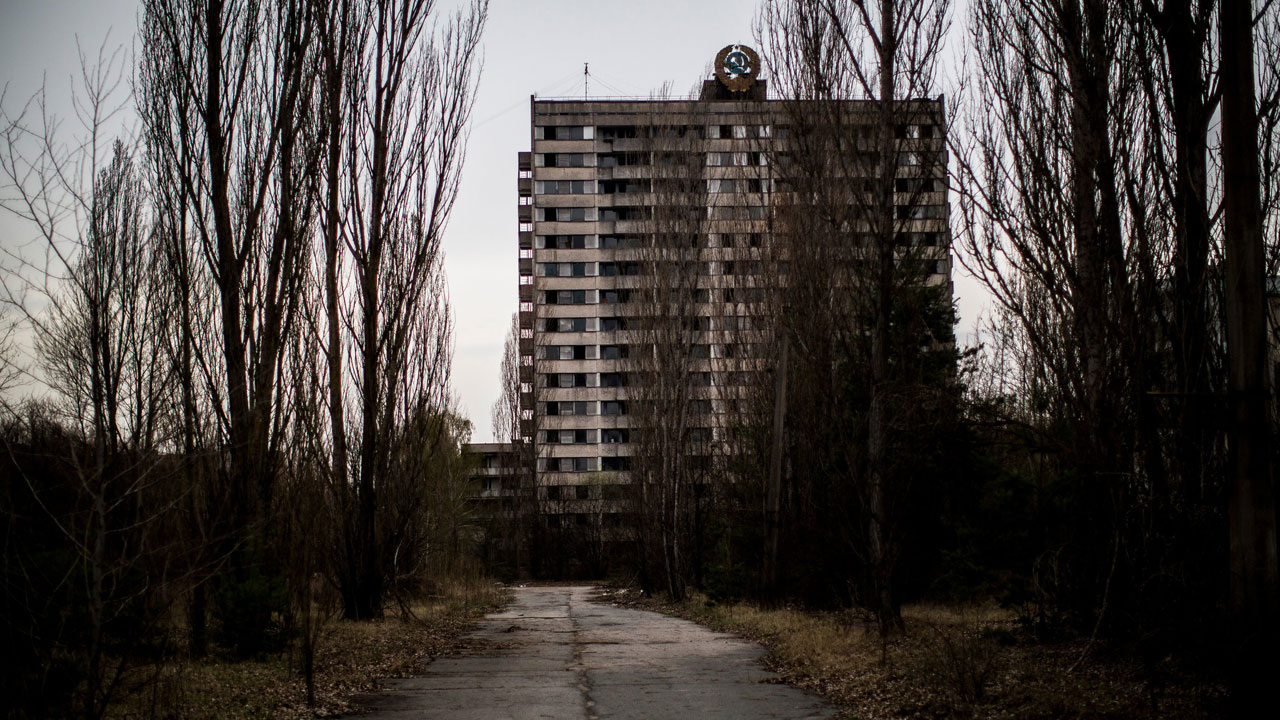
The International Nuclear Incident Scale, two major nuclear disasters that have already occurred Chernobyl and Fukushima I Nuclear Power Plant their accidents scaled it with the highest rating of 7. This scale is in the aftermath of a nuclear disaster. major nuclear contaminations, numerous health and environmental problems, and factory leaks have been observed. states.
To understand the extent of a possible disaster that is said to be more devastating, which is now compared to the Chernobyl disaster, let’s first recall the effects of Chernobyl. As a result of the Chernobyl Disaster in 1986 radioactive particles to surrounding countries had spread. Maps and charts showing the effects of Chernobyl on Europe showed that the radioactive fallout directly affected many countries in Europe.
The disaster also directly affected our country. Turkish Medical Association “Cancer in Turkey After the Chernobyl Nuclear Accident” report presented the relationship between cancer cases in the Black Sea region and Chernobyl to the public. On the other hand, of course, the countries most affected by the reactor disaster Ukraine and Belarus was.
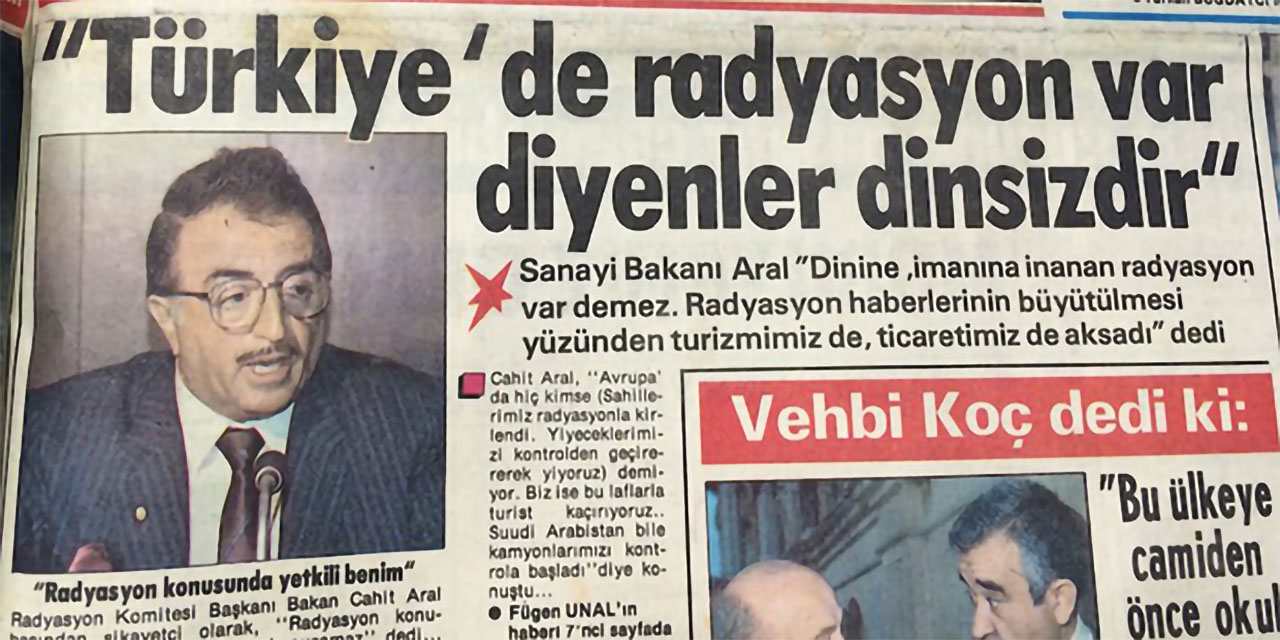
According to a report by the International Atomic Energy Agency, those who were exposed to high doses of radiation from the accident until 2008 64 out of 4,000 people died. On the other hand, workers in the response, rescued persons and evacuees a total of 3,940died of radiation-related causes, 50 of which were shortly after the accident. In addition, estimates show that thousands of people in Europe have cancer due to the effects of the disaster.
More than 600 thousand workers intervened in the disaster, estimated after the disaster. 18 billion rubles of expenses done and disaster thousands the person’s death, tens of thousands caused the person to be affected by radiation. In this disaster, Chernobyl Only 1 out of 4 nuclear reactors had exploded.
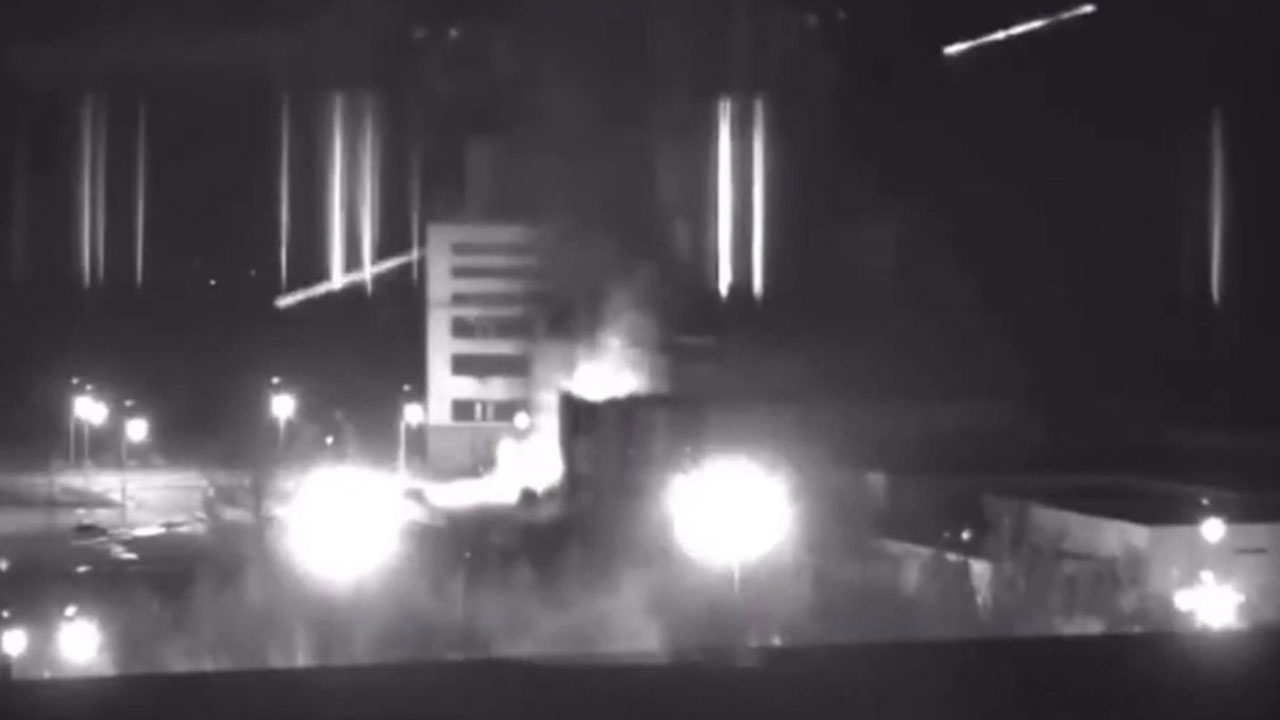
Zaporizhia, Europe’s largest nuclear power plant, could also have an impact on a similar scale as Chernobyl as a result of a possible explosion. This effect is due to the explosion of a reactor. on the paper While it can be thought that it could be almost the same as Chernobyl, the explosion of more than one reactor can increase this effect many times.
But one of the greatest lessons humanity has learned after the Chernobyl Disaster is, protect nuclear reactors it happened. The 4 RBMK (High Power Channel-Type Reactor) type reactors at the Chernobyl Nuclear Power Plant, one of which exploded, were not located in a fully protected structure. Reactor in all today’s nuclear power plants, including Zaporizhia, where PWR (Pressured Water Reactor) type reactor is used, located in highly protected structures. The difference in protection means that if the reactor explodes, less radioactive particles will be released into the environment. In addition, the PWR type reactor we mentioned and which is mostly used in all reactors today is different from the RBMK type reactor. safer has a working principle.
What the experts were afraid of last night was a different situation:
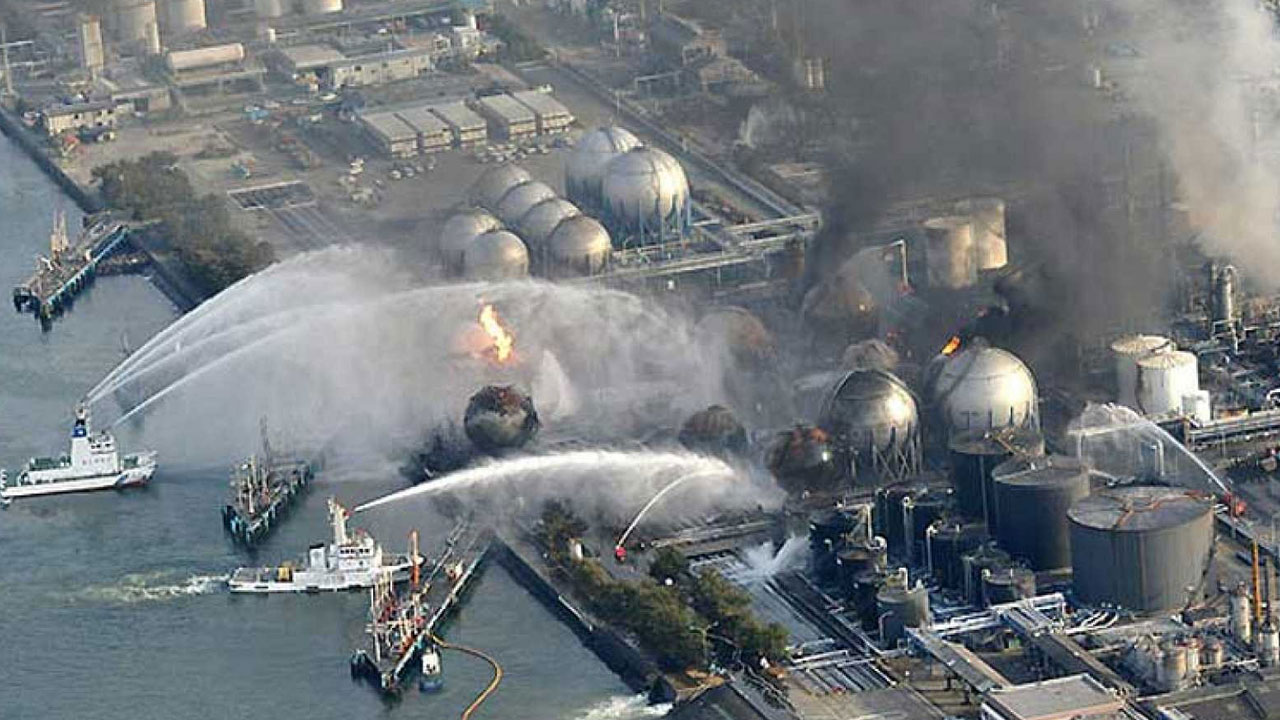
Fukushima Nuclear Power Plant, Japan
However, in the event of a possible explosion, environmental disasters, loss of life and long-term radiation effects There is no guarantee that it won’t happen. On the other hand, events such as the attacks that took place last night bring another danger to the nuclear power plant: Nuclear meltdown.
James Acton, co-director of the Nuclear Policy Program, who shared a statement about the situation over the last event, said that the main reason for the fears in the attacks. shared. Acton stated that according to the information shared by the Ukrainian authorities, three of the six reactors are connected to the grid, while the other three are offline. But all reactors with nuclear fuel in them, so in this case All 6 reactors need an active cooling system. told.
RELATED NEWS
Russia Attacks Europe’s Largest Nuclear Power Plant, Zaporizhia: We’re Back from Chernobyl, 10 Times the Brink of Disaster! [Video]
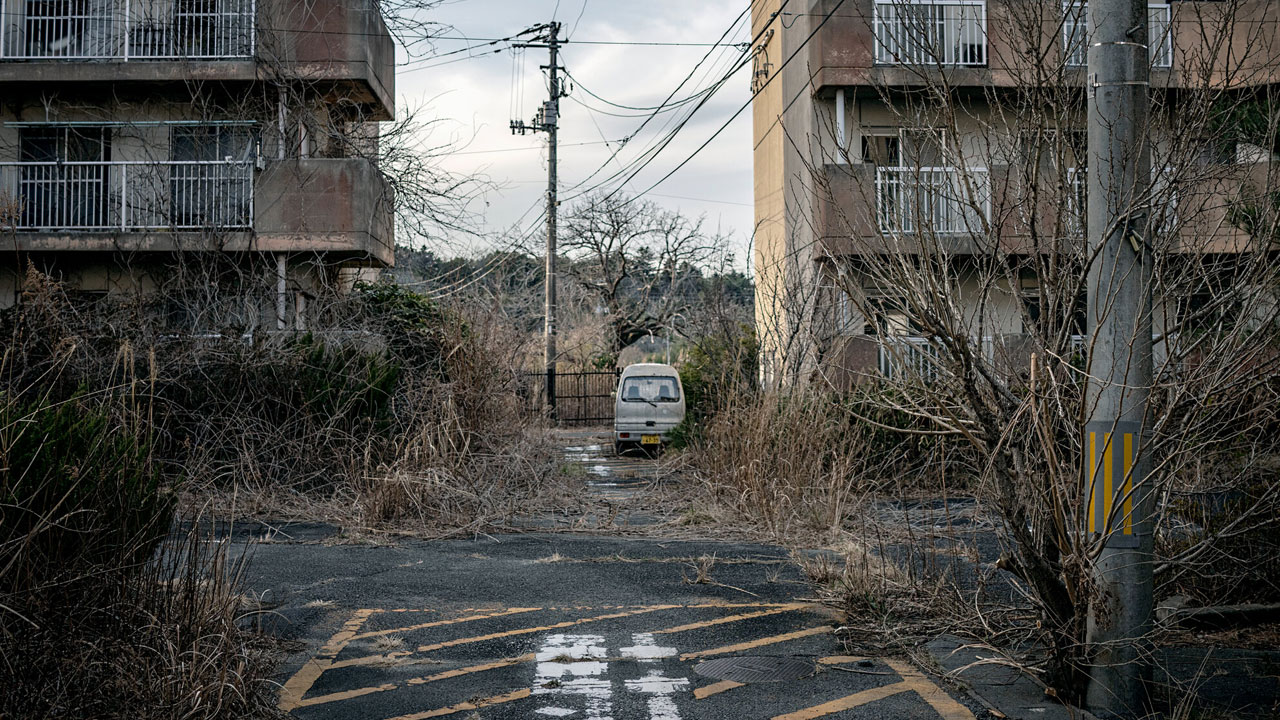
Fukushima city in Japan after earthquake, tsunami and nuclear disaster
In cases such as the attack that took place last night, three operational reactors are turned off. Closing of three reactors, 6 reactors in the power plant for cooling now. to be dependent on foreign means. Therefore, reactors that have been shut down due to the attack and become foreign-dependent, pose a great danger if external cooling systems are damaged in the meantime: We saw this incident in Japan’s Fukushima Nuclear Power Plant in 2011.
The fire in the power plant could completely disconnect the power plant from the grid, thus causing no electricity to be supplied to the power plant. In addition, the emergency generators that would be activated in this case could also be disabled if the fire escalated. This is why nuclear fuel that cannot cool could cause a nuclear meltdown. Let us remind you that the nuclear event scale of the Fukushima Nuclear Power Plant, where the nuclear meltdown took place, is the highest level, the same level as Chernobyl. After the meltdown in Fukushima, an increase in radiation levels in the region was observed.
